Wood-Warbler Week
10,000 Birds
MAY 7, 2011
It may seem like cruel and unusual punishment for we denizens of the New World to spend an entire week celebrating what is surely the coolest family of birds in the world, a family that is sadly absent from the Old World, but it can’t be helped.




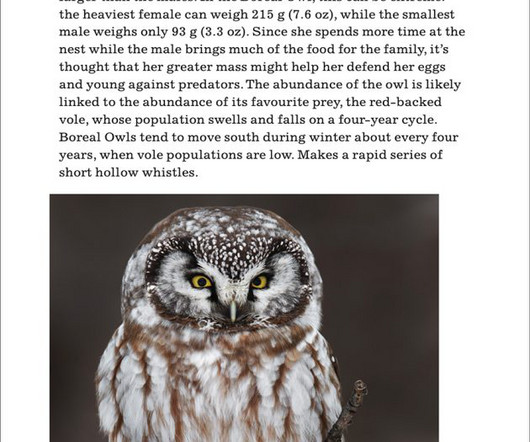
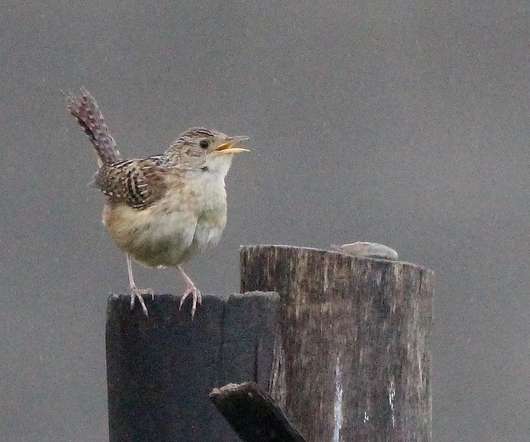










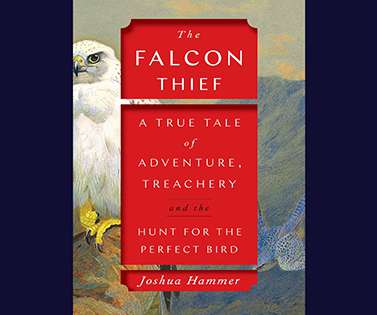











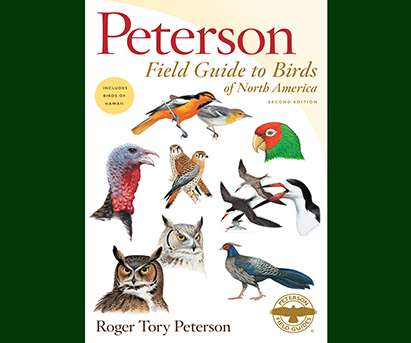
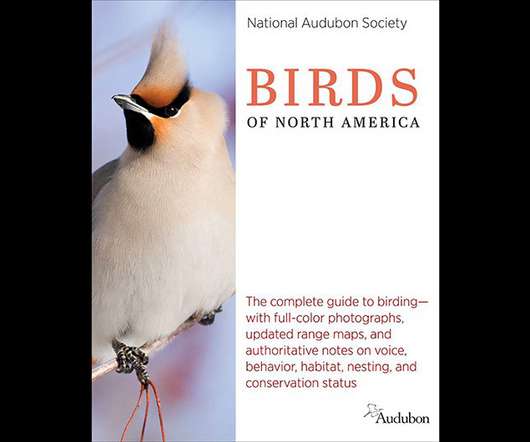


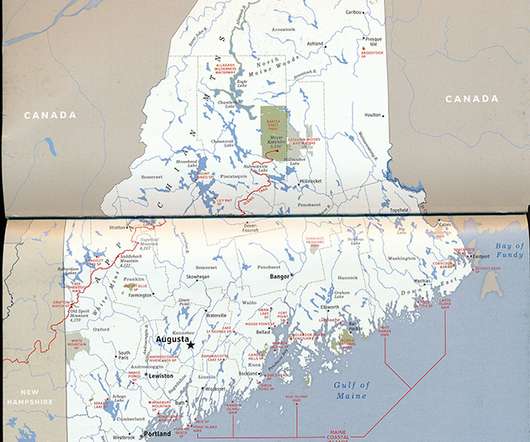
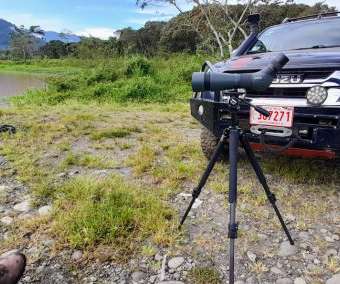
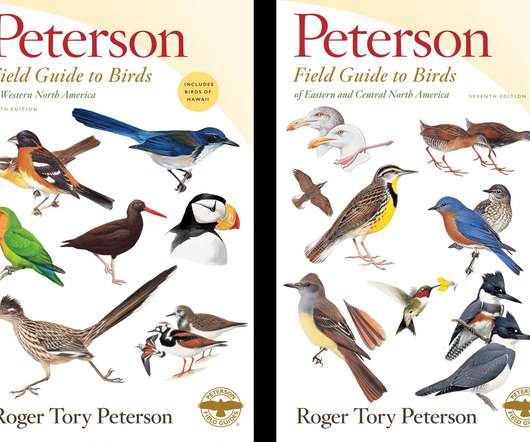







Let's personalize your content